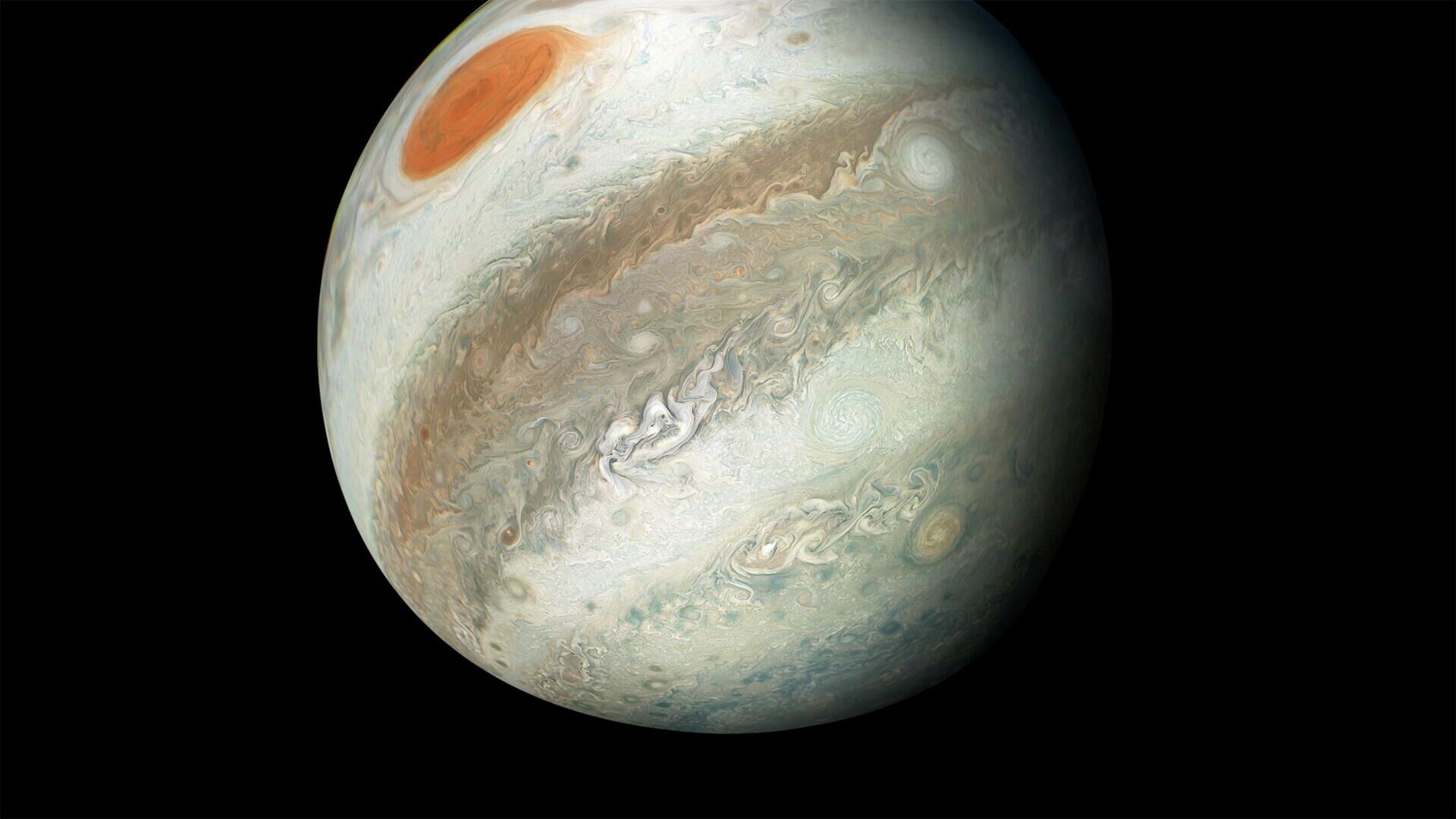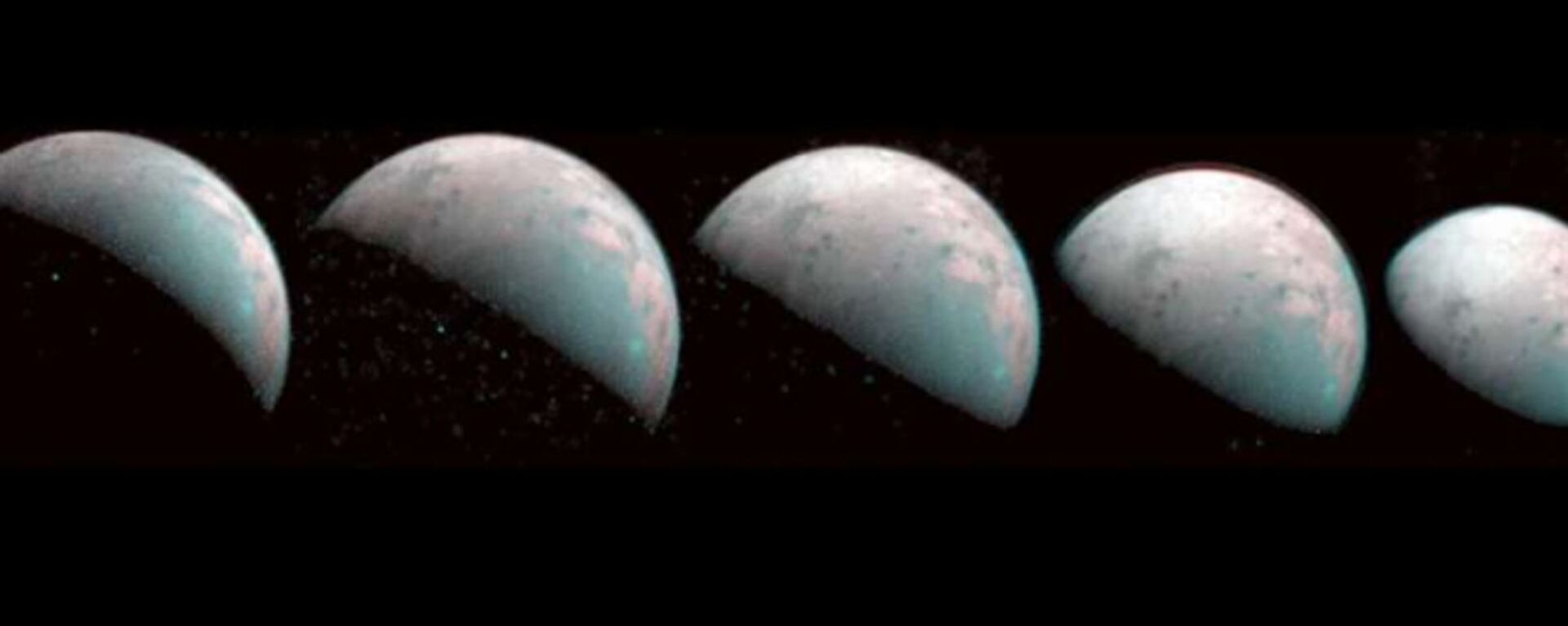Watch: Amateur Astronomer Films Object Striking Jupiter

© NASA/JPL-Caltech
Subscribe
The most famous impact on Jupiter, and the first time any collision between two celestial bodies was directly observed by astronomers, came in 1994 when the comet Shoemaker-Levy 9 broke apart in Jupiter’s gravity and plummeted into the planet. Since then, at least eight more impacts have been observed.
While the planet Jupiter is regularly struck by objects, for Earth scientists to capture it on film is rather rare; in fact, earlier this week, two amateur astronomers managed to do just that.
According to media reports the impact was first observed by the OASES and PONCOTS astronomical observation projects on the Japanese island of Okinawa in the early morning hours of Tuesday.
“If you were observing Jupiter around the same time, please check the shooting data again, and if you find a flash, please report it on TL or DM this account!” the project’s social media account posted shortly afterward.
Several hours later, an anonymous space enthusiast account called MASA Planetary Log replied with a grainy video of the impact, which struck on Jupiter’s northern hemisphere and appears as a bright flash.
きのうのTLで知った木星の閃光、撮影したデータを確認してみたら写っていました。
— MASA Planetary Log (@MASA_06R) August 29, 2023
…声が出ました(^^;
日本時間2023年8月29日1:45、世界時28日16:45です。https://t.co/UYhnvAmA63https://t.co/Y7nCHtJq4k pic.twitter.com/g0FerdyoVg
The account operator told a US-based science outlet they were filming Jupiter as part of a project to continuously monitor its gaseous surface.
"When I woke up in the morning and opened X [Twitter], I saw information that a flash had been observed on the surface of Jupiter. That night, when I checked the video of the corresponding time, I saw a flash,” the user said. “I was very lucky to be photographing this phenomenon when it happened."
However, they weren’t the only person to notice or film the impact event: Liu Qiqi at Zhengzhou University in China did so as well, posting footage on the B Site, a Chinese video-hosting social media site.
The huge gas giant, our solar system’s largest planet, is commonly bombarded by objects thanks to its enormous gravitational pull and location in the middle of the solar system. One study in 2013 found that Jupiter is struck by objects of between 5 and 20 meters across between 12 and 60 times per year, with larger objects of up to 100 meters hitting it every few years. That’s roughly 10,000 times more frequent than Earth is struck by such objects.
The meteor that exploded over the Russian city of Chelyabinsk in 2013 was about 18 meters across and exploded with a power of roughly 500 kilotons of TNT - equivalent to a medium-sized nuclear weapon.


